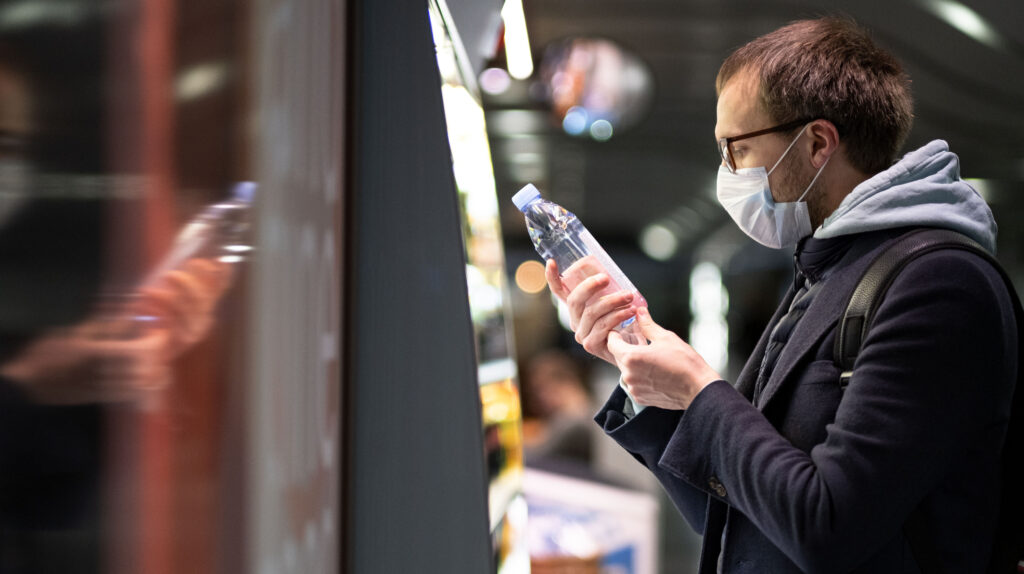Convenience Store Shoppers: Consumer Insights Series
October 13, 2021

Along with the rest of the retail world, convenience stores had to evolve and innovate to reconnect with customers in the wake of the coronavirus pandemic. Contactless payments, curbside pickup, and self-checkout kiosks are some ways that convenience stores, also known as c-stores, have enhanced their customer experiences.
We analyzed the personas of consumers identified as convenience store shoppers and ranked all 50 states in order of persona prevalence. If a state had a higher percentage of residents fitting the convenience store shopper persona, we gave it a higher rank on the list. In addition to this, we compared each state’s rank in 2021 to see exactly how consumer personas in each state have changed since 2019.

How many consumers were classified as ‘Convenience Store Shoppers’ in 2019 compared to 2021? Which states have the highest and lowest percentages of ‘Convenience Store Shoppers’? To answer these questions and more, we analyzed data related to our ‘Convenience Store Shoppers’ persona.
Convenience Store Shoppers by State
Iowa (+33%), South Carolina (+32%), and Missouri (+32%) have the highest percentage of convenience store shoppers. There could be several reasons why these states have the highest percentage. Convenience stores often turn into hangout spots, especially in areas where there aren’t as many grocery stores.
The three locations with the lowest percentage of convenience store shoppers are Washington D.C. (+10%), California (+8%), and Alaska (+5%). Even though California added 84 convenience stores to their state in 2020, restrictions due to COVID-19 may have impacted store trips. Like California, pandemic-related restrictions could have influenced the number of c-store trips in D.C. as well. Alaska only has 176 convenience stores in the entire state, which may explain why it has a lower percentage of c-store retail shoppers compared to other states.

Changes in Convenience Store Shoppers: 2019 vs. 2021
D.C., California, Massachusetts, and Virginia saw the biggest declines in convenience store shoppers from 2019 to 2021. This may have been caused by the rise of delivery services in conjunction with the emergence of new coronavirus variants.
Iowa, Oklahoma, Louisiana, and South Carolina, which all ranked high for c-store shoppers in 2019, remained at the top of the list. This could be due to road trippers shopping at c-stores as they travel to or through these states, and also a general higher concentration of shoppers looking for something specific that they can’t purchase via delivery services in their area.

What Does the Future Look Like for Convenience Store Retailers?
As winter approaches, we predict that c-store retail shoppers in the Northeast may be likely to use delivery services for their shopping needs to avoid inclement weather, so this region may experience a decrease in c-store shoppers. We also predict that Texas and Florida will likely see an increase, simply because of accessibility and the ratio of convenience stores to people. Furthermore, it looks like the number of new or existing convenience stores in California will not impact the state’s ranking very much in the coming months.
For more information on using location intelligence to understand consumer trends like convenience store shopping, speak with one of our experts at Gravy Analytics today.




